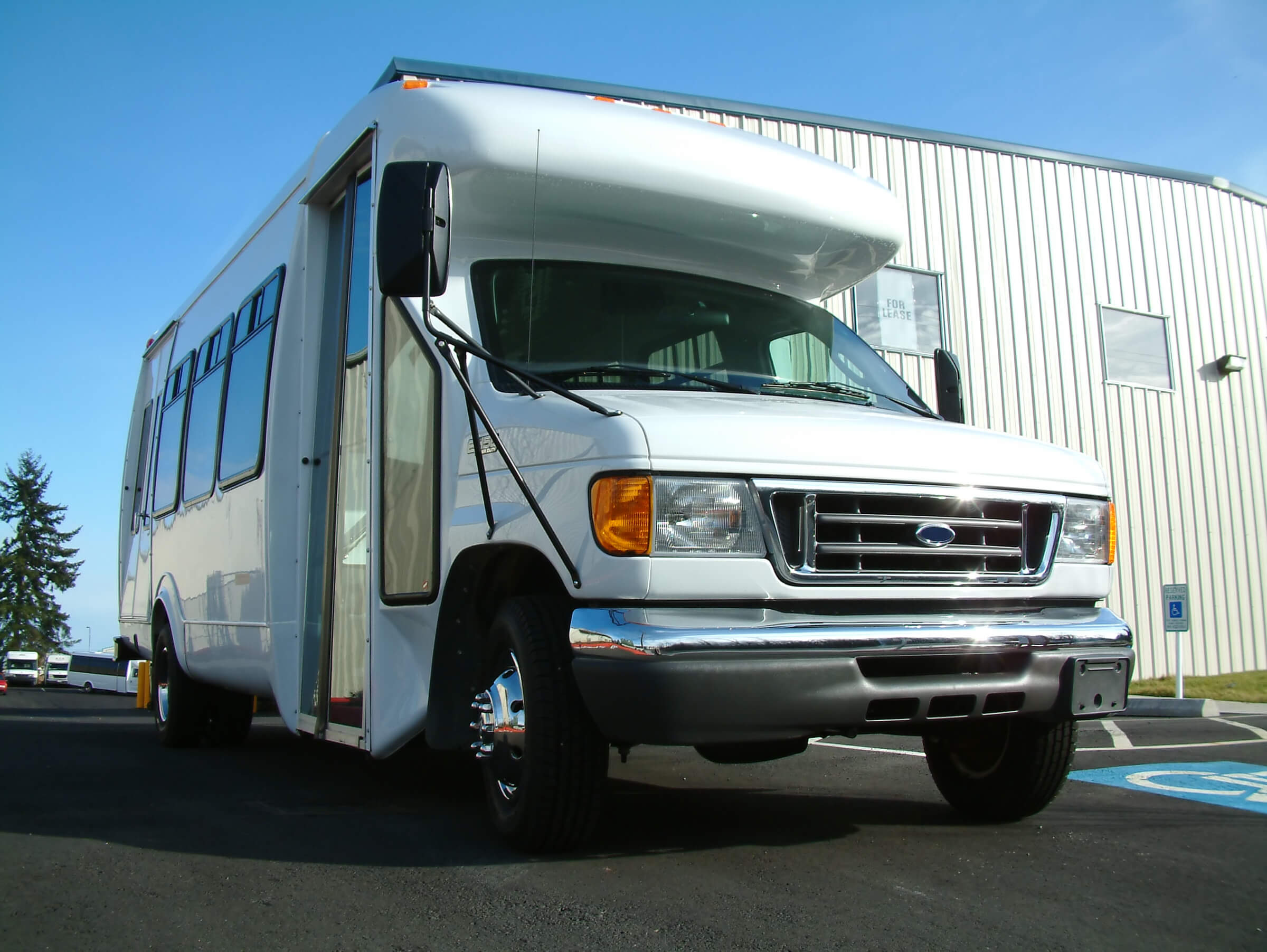
Find the resources you need by using keyword search and clicking enter or by filtering by category.
All Resources
join the community
VERIFIED businesses
Transportation
Medicare covers some medical transportation, but not all.
Transportation can be challenging as one ages. Some people stop driving because of physical or cognitive challenges. Therefore, they rely on a spouse or someone to take them places for shopping or dental or medical appointments. But what happens to people who don’t have someone to transport them? A study of about 7,500 Medicare beneficiaries found that about 25% reported having limited access to transportation. Therefore, understanding what Medicare covers and available alternatives is vital to helping an aging loved one to get around.
What transportation does Medicare cover?
Medicare Part B (Medical Insurance) covers ground ambulance when traveling in any other vehicle could endanger a person’s health, and they need medically necessary services. Examples of typically covered ambulance services are:
- There is a sudden medical crisis
- There is a severe risk to a person’s health
- Moving a person from one location to another may only be possible with the help of the emergency services.
- A person is losing a lot of blood, is unconscious, or is in shock
- An individual scheduled to receive a Medicare-covered service.
- A person is going to and from locations within the Medicare coverage guidelines, such as a hospital, critical access hospital, rural emergency hospital, or skilled nursing facility (SNF).
- The ambulance service meets Medicare requirements.
- Medicare may pay for emergency ambulance transportation in an airplane or helicopter if a person needs immediate and rapid placement to a facility that an ambulance can’t provide.
In some cases, Medicare may pay for limited, medically necessary, non-emergency ambulance transportation if a doctor provides a written order stating this is medically required. An example is someone diagnosed with End-Stage Renal Failure and needing dialysis.
Medicaid and some Medicare Advantage plans could cover transportation services that are primarily health-related.
What are the out-of-pocket expenses?
Once a person’s meets their deductible, Medicare Part B covers 80% of eligible transportation costs. The remaining 20% is considered co-insurance, which a person would be responsible for.
Medicare does not cover ambulette services (a van that can accommodate a wheelchair and provides non-emergency transportation).
What options are available for non-emergency medical transportation?
Non-Emergency Medical Transportation (NEMT) companies assist in getting patients to and from medical appointments. Providers know the difference between emergency and non-emergency medical transportation, accepted types of transportation, the types of service delivery systems, and the driver and vehicle acceptance criteria. Plus, traveling through a NEMT company can be significantly less than a non-emergency ambulance ride.
What other transportation options are available?
- Ride-sharing companies like Lyft and Uber, as well as transportation voucher programs, may be available to help with the cost.
- Dial-a-ride, which requires reservation and sharing the ride with others
- Paratransit, in which a personal care assistant will help a person with a disability through the public transit system
- Local transportation programs by nonprofit or religious organizations may assist with the transport, help with the cost, or both.
Understanding your options for non-emergency medical traveling may help save costs. An example is when a person goes to an emergency room but is not admitted and needs a ride home. It would benefit a person to look into their options.
STAGES is a resource for people as they age.
top verified companies
@2024 STAGES FOR LIFE, LLC. Designed Intentionally by MOK
information
sales@stagesforlife.com
Articles
Government
verified businesses
Medical Services
Get Verified
Contact
Privacy Policy
Terms and Conditions
Downsizing
Housing and Care Services
Non-Profit
Professional Services
Medical Services
Professional Services
Non-Profit
Housing & Care Services
Government
Downsizing
Events
Newsletter